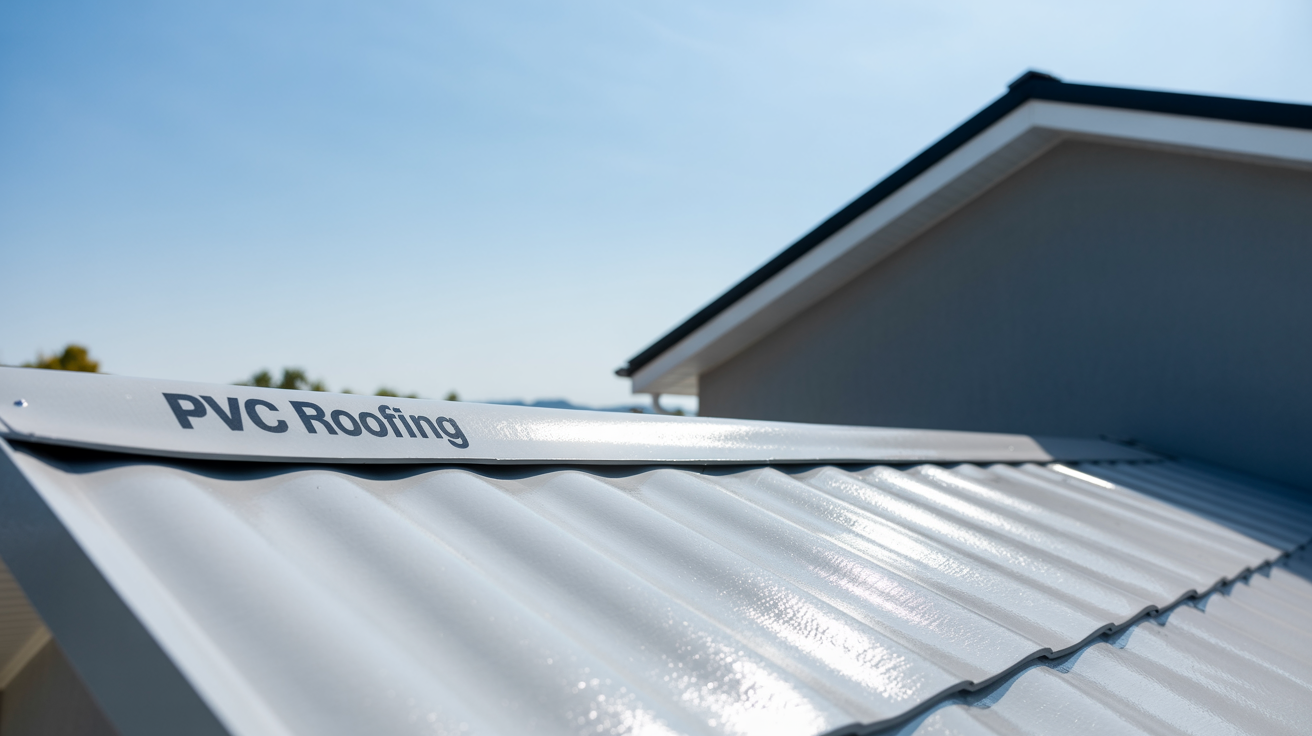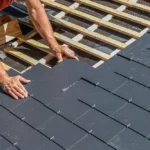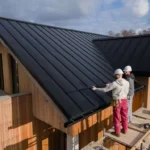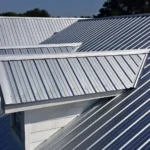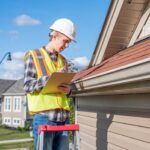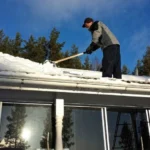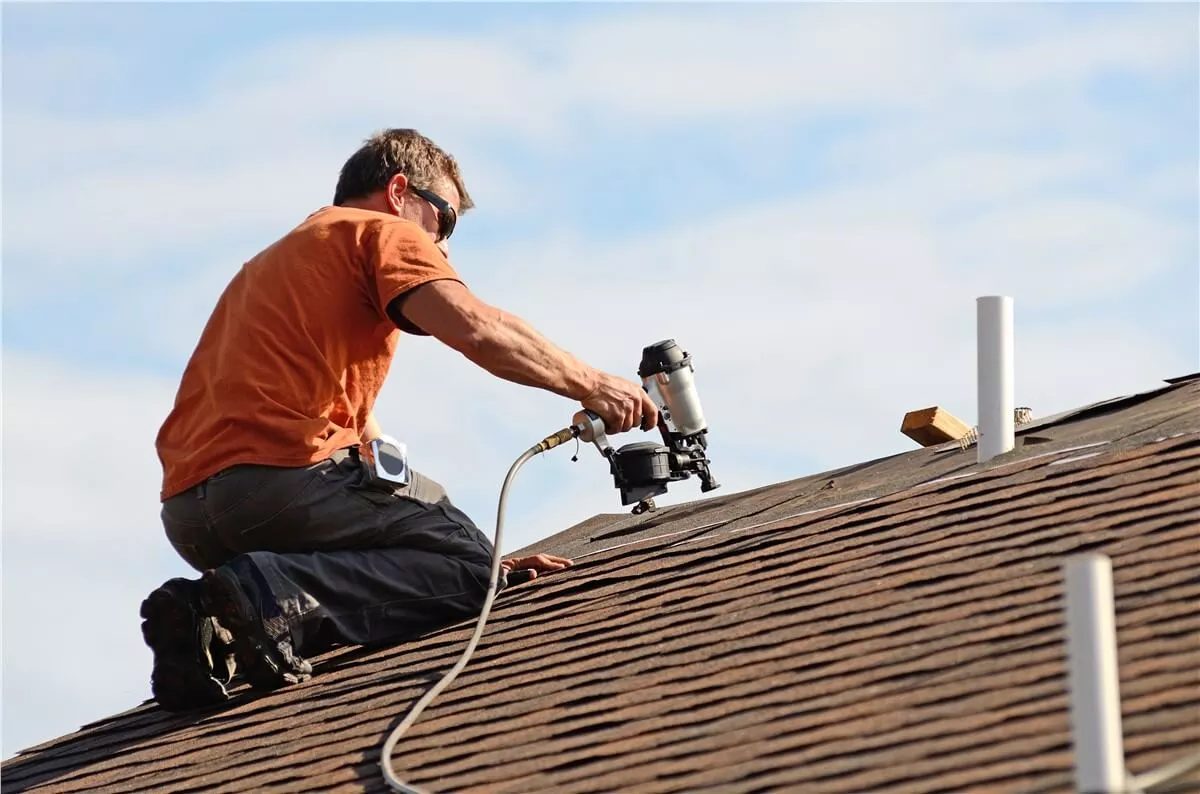Choosing the right roofing system is crucial for durability, energy efficiency, and long-term cost savings. PVC roofing, known for its high performance and weather resistance, has gained popularity among homeowners and commercial property owners alike. From strength and flexibility to sustainability and ease of installation, this article explores why polyvinyl chloride roofing is an excellent option for modern buildings.

Content
What is PVC Roofing?
PVC roof, short for polyvinyl chloride roofing, is a type of single-ply membrane roof made from a specially formulated plastic compound. It is engineered to be both lightweight and extremely strong, offering excellent protection against water, wind, and chemicals.
A PVC membrane roof consists of layers of PVC combined with reinforcing agents, such as polyester mesh, that provide added strength. This structure allows it to resist punctures and tears, making it a preferred material for flat and low-slope roofs.
Why Choose PVC Roofing?
There are several advantages to installing a PVC roof membrane over traditional materials:
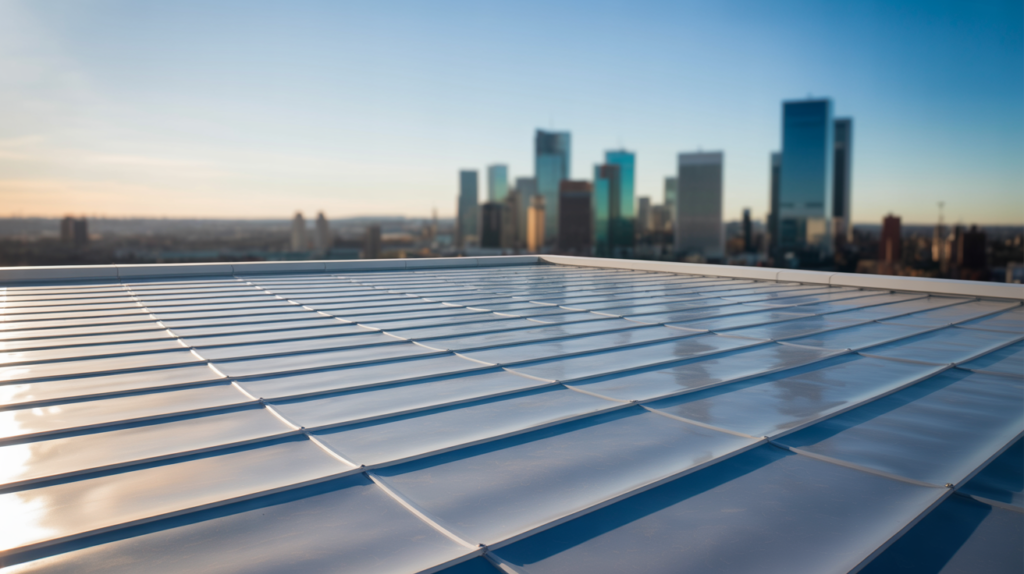
● Excellent Weather Resistance
PVC roofs withstand harsh weather conditions including high winds, hail, and extreme temperatures. The material remains flexible even during cold weather, reducing the risk of cracking.
● Long Lifespan
When properly installed, a PVC flat roof can last over 30 years. This longevity makes it a wise investment for homeowners and businesses.
● Reflective and Energy Efficient
Polyvinyl chloride roofing is often white or light-colored, which reflects sunlight and helps keep indoor temperatures lower. This improves energy efficiency and reduces cooling costs.
● Fire and Chemical Resistance
The membrane is naturally fire-retardant and resists oils, chemicals, and industrial by-products, which is particularly beneficial for restaurants, factories, or labs.
Types of PVC Roofing Systems
Depending on your roofing needs, you can choose from several installation systems for PVC membrane roofs:
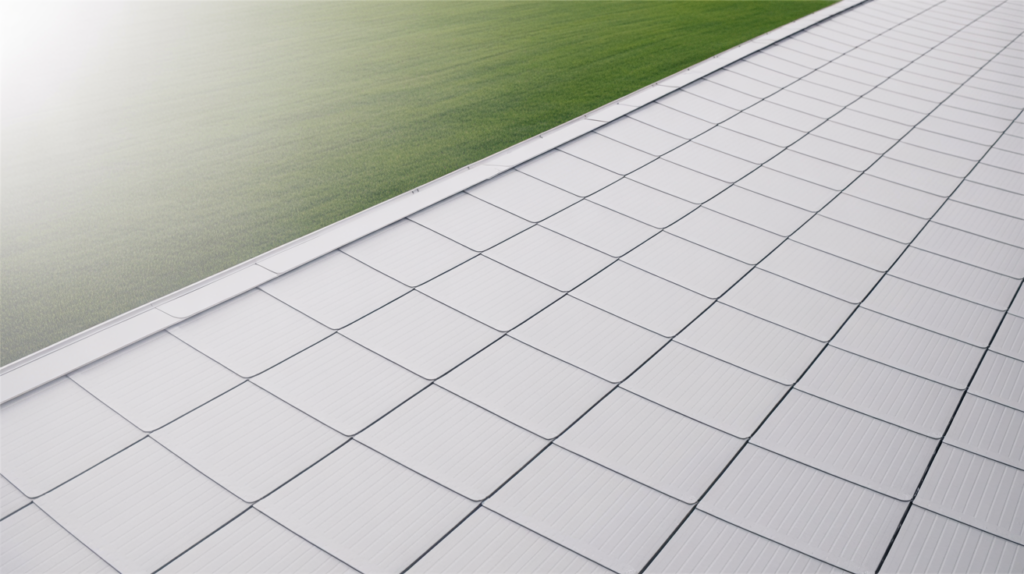
- Mechanically Attached System: The membrane is fastened to the roof deck and seams are heat-welded.
- Fully Adhered System: An adhesive is used to glue the membrane directly to the insulation layer.
- Ballasted System: Rocks or pavers are placed over the membrane to hold it down.
Each system offers specific benefits for different climates, roof structures, and building types.
PVC Flat Roof: Perfect for Contemporary Designs
The sleek, clean appearance of a PVC flat roof makes it ideal for modern architectural styles. It not only enhances the look of your home or business but also maximizes usable roof space. Whether you’re adding solar panels, a rooftop garden, or an HVAC system, PVC roof provides the stability and support you need.
Residential PVC Roofing: Growing Popularity Among Homeowners
Although once dominated by commercial properties, residential PVC roof is now in high demand. Homeowners appreciate its:
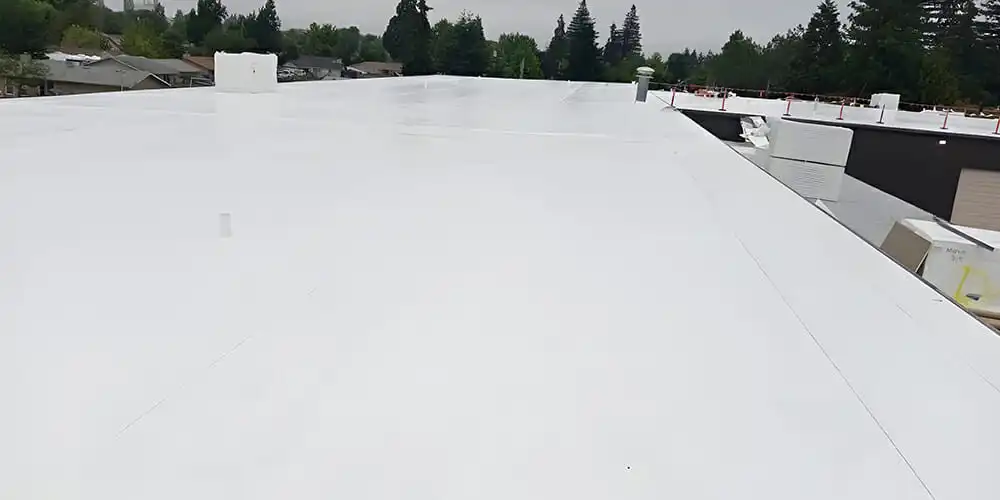
- Minimal maintenance requirements
- High wind and storm resistance
- Mold and mildew resistance
- Compatibility with green building initiatives
In residential applications, PVC roof is often selected for garages, porches, sunrooms, and modern flat-roof homes.
PVC Roofing Installation: How It Works
The process of PVC roof installation typically involves several steps:
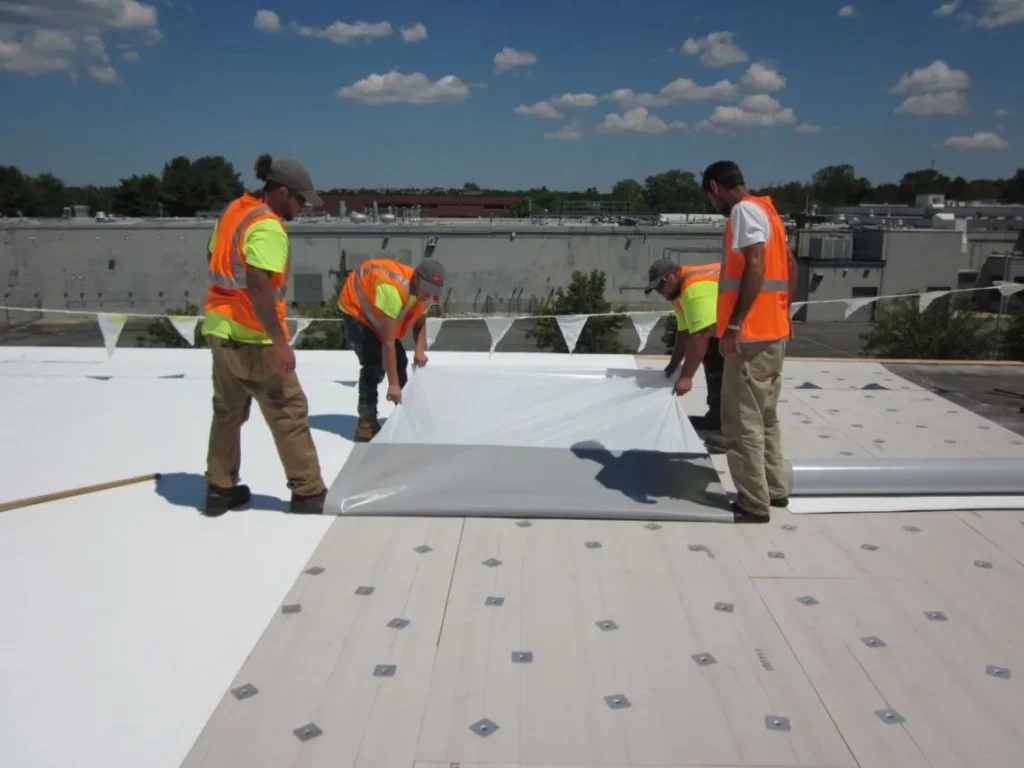
1. Surface Preparation
The existing roof is removed or cleaned, and the deck is checked for any structural issues.
2. Insulation Layer
Rigid foam insulation boards are applied for thermal efficiency.
3. Membrane Application
The PVC roofing membrane is either mechanically fastened, glued, or weighted down depending on the chosen system. Heat welding is used to bond seams for a watertight finish.
4. Detailing and Finishing
Flashing, edge metal, and termination bars are installed to secure the system and prevent leaks.
A well-executed PVC roofing installation will ensure maximum durability and weather protection.
DIY PVC Roof: Is It Right for You?
Taking on a DIY PVC roof installation is possible, but it requires some advanced skills and the right tools. Key considerations:
- Tools Needed: Hot-air welder, seam rollers, safety gear, and utility knives.
- Learning Curve: Welding seams is critical and requires practice to perfect.
- Risks: Poor installation may lead to leaks, void warranties, and reduce lifespan.
Unless you’re confident in your skills, it’s often best to leave PVC roof installation to professionals.
PVC Roofing vs. Other Roofing Materials
When comparing PVC roof to other flat roofing options, the advantages are clear:
| Feature | PVC Roofing | TPO Roofing | EPDM Roofing |
|---|---|---|---|
| Lifespan | 25–30 years | 15–20 years | 10–20 years |
| UV Reflectivity | High | Moderate to High | Low |
| Waterproof Seams | Heat-welded | Heat-welded | Taped or glued |
| Chemical Resistance | Excellent | Moderate | Poor |
| DIY Potential | Moderate | Moderate | High |
PVC roof provides the best combination of durability, energy efficiency, and longevity for flat or low-slope roofs.
Conclusion
If you’re looking for a roofing system that balances strength, energy efficiency, and low maintenance, PVC roofing stands out as a top contender. With the added benefits of long lifespan, waterproof seams, and reflective surface, polyvinyl chloride roofing is ideal for both homes and businesses.
Whether you’re exploring residential PVC roof for your home or managing a commercial building project, this versatile option offers excellent performance and value. For most property owners, professional PVC roofing installation ensures you get the most out of this innovative roofing material.
And if you’re experienced enough, a DIY PVC roof project might be worth the challenge — just make sure you’re well-prepared. Either way, PVC roof is a modern solution built to stand the test of time.
FAQs About PVC Roofing
What is PVC roof best used for?
PVC roof is best for flat and low-slope roofs in both residential and commercial buildings, especially where water resistance and energy efficiency are priorities.
How long does a PVC flat roof last?
A properly installed PVC flat roof can last 25–30 years or more with routine inspections and minor maintenance.
Is PVC roof eco-friendly?
Yes. Polyvinyl chloride roofing is recyclable and often Energy Star rated, making it an environmentally responsible option.
Can I install a DIY PVC roof?
While a DIY PVC roof is possible, it’s not recommended for beginners due to the need for specialized equipment and precise welding.

Elena Mohr is a dedicated home blogger who has been blogging for over six years. She covers everything home related. Elena also loves writing posts about her travels to Europe with her husband and two children.
